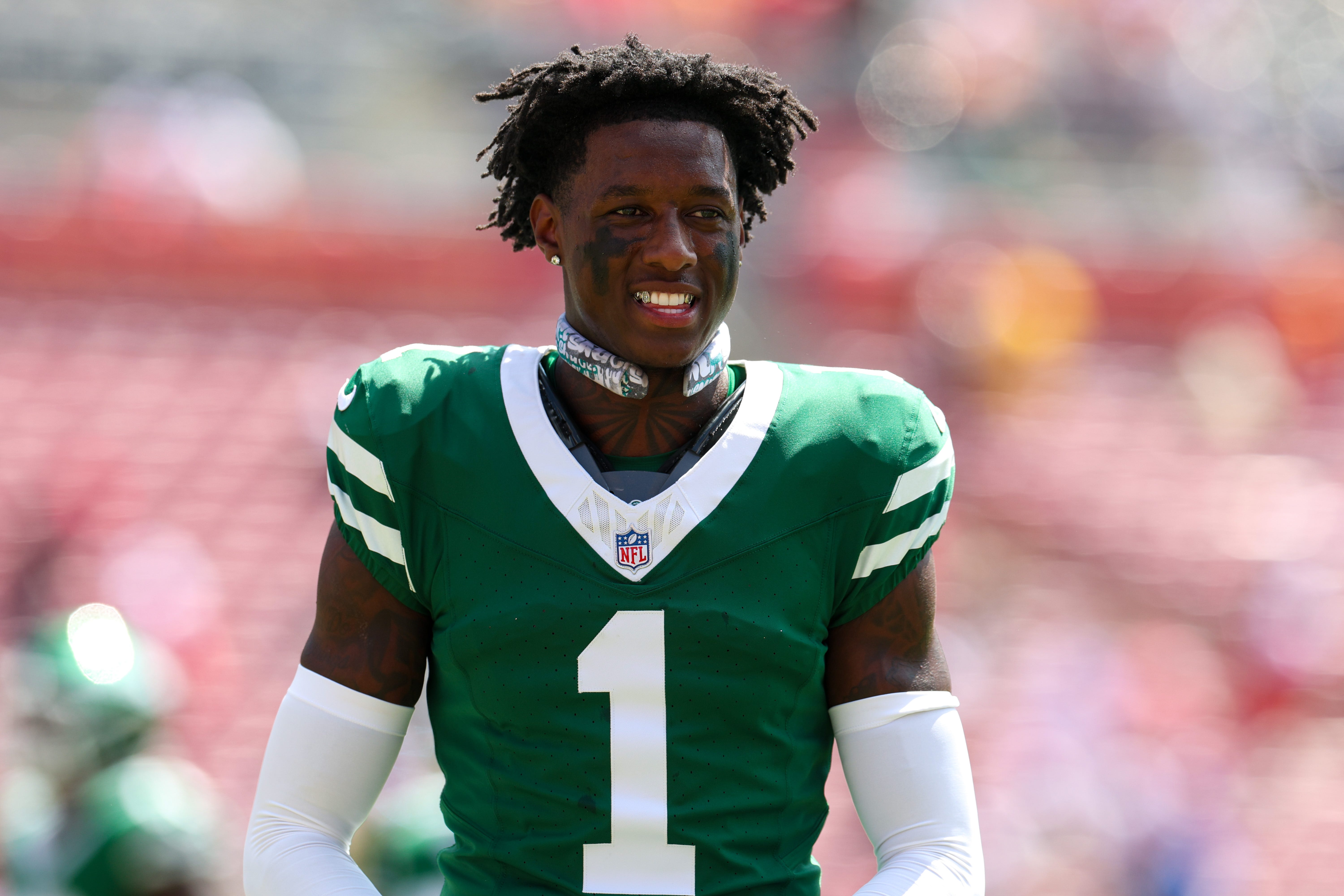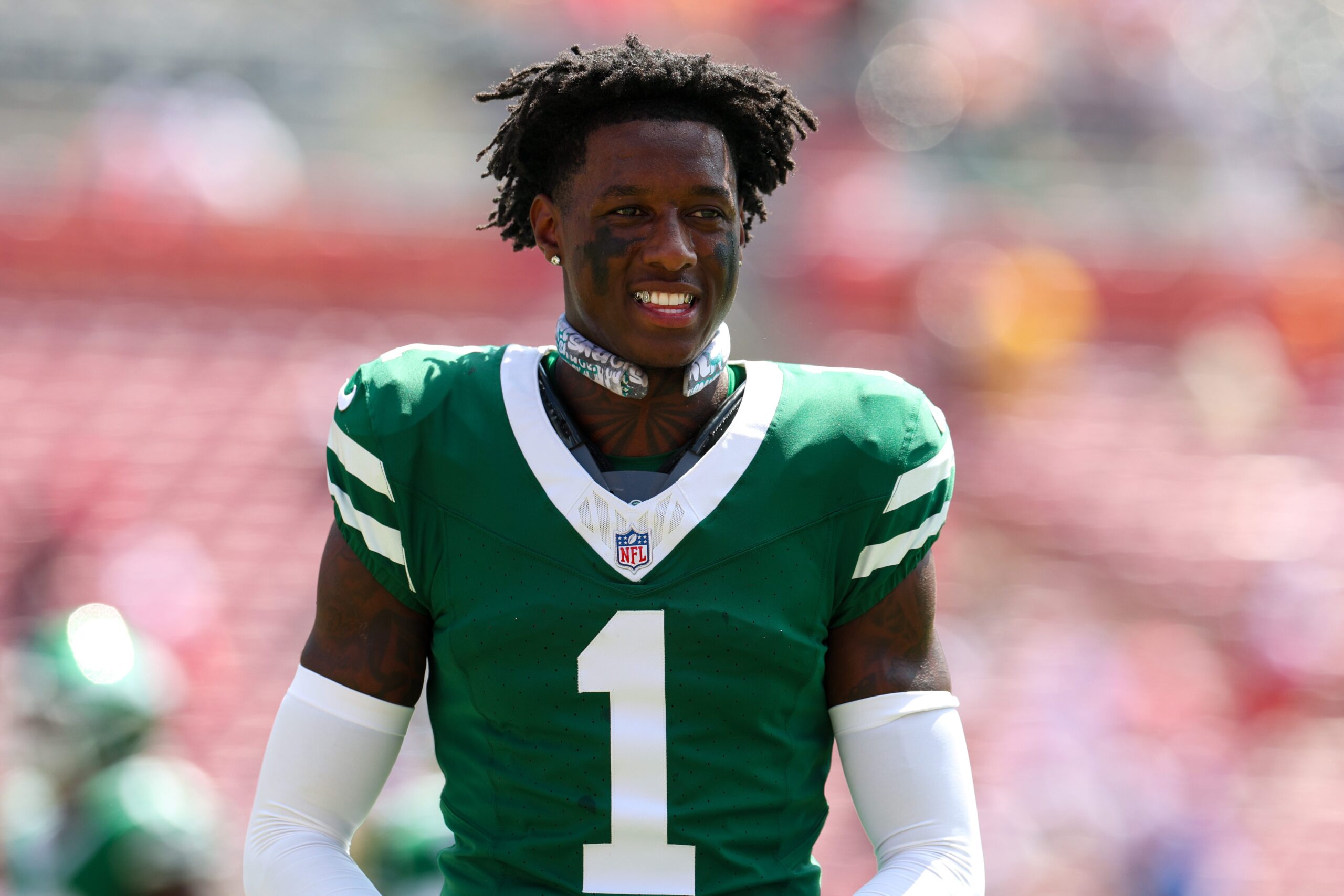The Cincinnati Bengals’ Inaction at the Trade Deadline Reveals a Disturbing Commitment to Mediocrity, Echoing Historical Patterns of Political Stagnation and Economic Apathy in America’s Heartland.
The Cincinnati Bengals have long been a team characterized by their unique blend of hope and disappointment, a duality that has become almost synonymous with the franchise’s identity. As a lifelong Bengals fan, the anticipation surrounding the NFL trade deadline often evokes a sense of cautious optimism. This year, however, that optimism was met with stark reality when the Bengals opted for a minor salary dump rather than seizing a golden opportunity to reshape their struggling defense.
The trade deadline in the NFL is typically a quiet affair, but this season felt different. It was reminiscent of the frenetic energy of Major League Baseball’s trade deadline, where teams either go all in for a shot at glory or offload assets in preparation for a rebuild. With the Bengals sitting on the precipice of a lost season, many fans hoped the front office would choose the former approach, especially following the previous month’s trade involving Joe Flacco, which suggested a willingness to make bold moves.
Instead, the Bengals made a single, uninspired trade, sending linebacker Logan Wilson to another team for a seventh-round pick. This move was less about enhancing the roster and more about shedding salary, a clear indication that the Bengals were not ready to confront the pressing issues plaguing their defense. It was a decision that left fans scratching their heads and questioning the franchise’s commitment to winning.
The Bengals’ defense has been underwhelming for several seasons, and the failure to make impactful moves at the trade deadline only exacerbates the situation. Historically, the Bengals have struggled to draft competent defensive players, a trend that raises questions about their long-term strategy. Rather than attempting to acquire proven talent, such as cornerback Sauce Gardner or defensive tackle Quinnen Williams—both available during the deadline—the Bengals chose to remain passive. This decision suggests a fundamental misalignment between the team’s aspirations and its actions.
There is a compelling argument to be made that the Bengals should have opted for a complete teardown of their struggling defense. By trading away veteran players and accumulating future draft picks, the Bengals could have positioned themselves for a more fruitful rebuild. However, the organization’s track record in the draft has been dismal, particularly in identifying and developing defensive talent. This raises the question: would it have been wiser for the Bengals to sacrifice future picks for established players who could contribute immediately?
The Bengals’ inactivity at the trade deadline is indicative of a broader trend within the organization. After their Super Bowl run, the front office made a conscious decision to invest heavily in the offensive side of the ball, believing that a high-powered offense would be the key to success. This strategy has left the defense to languish, relying on a mix of young, unproven talent and a few holdovers from previous seasons. The result has been one of the worst defensive performances in the league, leading to a growing sense of frustration among fans and analysts alike.
This approach is not merely a matter of patience; it is a reflection of a stubborn adherence to a flawed plan. The Bengals seem willing to endure several more seasons of mediocrity in the hope that they will eventually strike gold in the draft. This is a risky gamble, especially considering that it could further waste the prime years of star quarterback Joe Burrow. The franchise’s history suggests that they may be more comfortable with a long-term rebuild than with the immediate changes necessary to compete.
As the Bengals continue down this path, they are likely to find themselves at the bottom of the standings once again. This could lead to a favorable position in the upcoming drafts, potentially landing a top defensive player like Ohio State safety Caleb Downs or Miami edge rusher Reuben Bain Jr. Such a strategy mirrors the approach they took when building their offense, capitalizing on poor finishes in previous seasons to secure high draft picks that ultimately brought stars like Burrow and Ja’Marr Chase to Cincinnati.
However, this “it’ll-get-worse-before-it-gets-better” mentality raises significant concerns. The Bengals’ front office must grapple with the reality that they are risking Burrow’s prime years in a bid to construct a defense through the draft. This approach has its merits, but it is fraught with uncertainty. The organization must ask itself whether it is truly prepared to endure more losing seasons while banking on the hope that their draft strategy will yield results.
The decision to remain inactive at the trade deadline is not just a reflection of the Bengals’ current situation; it is emblematic of a deeper issue within the franchise. The reluctance to make bold moves and the preference for a cautious, conservative approach could ultimately hinder the team’s ability to compete in the modern NFL. As the landscape of the league continues to evolve, teams that fail to adapt risk being left behind, and the Bengals must confront this reality head-on.
In the coming months, the Bengals will need to reassess their strategy. Whether they double down on their current plan or pivot to a more aggressive approach will determine the trajectory of the franchise. The stakes are high, and the pressure is mounting as fans await a clear signal of the team’s commitment to winning. The Bengals are at a crossroads, and the choices they make now will reverberate for years to come.
Ask columnist Jason Williams anything − sports or non-sports – and he’ll pick some of your questions and comments from his inbox and respond on Cincinnati.com. Email: jwilliams@enquirer.com
Subject: Cincinnati Bengals whiff on big opportunity at NFL trade deadline
Message: I’m a lifelong Bengals fan, so I understand how they operate. Yet I was really hoping they’d be active at the trade deadline. The Flacco trade (last month) got my hopes up, thinking the Bengals were committed to doing everything possible to fix things now and salvage the season. Alas, disappointed again.
Reply: Yeah, there was an optical illusion created by some of the daily beat reporters and social-media superfans around the idea that the Bengals would be really active at the trade deadline for once. They made a minor move by trading linebacker Logan Wilson in exchange for a seventh-round draft pick. It was merely a salary dump.
If ever there was a deadline to go all in, this was it. Typically, the NFL trade deadline is pretty dead. But this one had the feel of baseball’s trade deadline, with teams looking to either unload players for a rebuild or go all in on trying to win a championship.
The Bengals should’ve done one or the other to try to fix their defense. They did neither, sticking with a long-held tradition of mostly sitting on their hands at the trade deadline. The logical approach would’ve been to teardown the defense by trading as many players as possible and, in exchange, stockpile future draft picks.
However, the Bengals’ track record of drafting even competent defensive players has been terrible in recent years. So the argument could be made that the better approach might’ve been for the Bengals to give up premium future draft picks in exchange for proven defensive players such cornerback Sauce Gardner and defensive tackle Quinnen Williams. The New York Jets, in teardown mode, traded former Cincinnati Bearcats star Gardner to Indianapolis and Williams to Dallas.

Look, it’s easy to Monday-morning quarterback the trade deadline. There are no guarantees the Bengals would’ve gotten top players, but they should’ve tried to compete for those guys at the deadline. Getting proven players via trade would’ve been the quickest way to fix what’s shaping up to be one of the worst defenses in NFL history and give the Bengals a shot to make the playoffs again in 2026 once quarterback Joe Burrow is presumably back fully healthy.
Instead, the Bengals signaled they’re going to rely on a handful of young defensive players and future draft picks to try to turn things around. Good luck with that. The front office made a decision after the Super Bowl run to spend boatloads of money on the offense and build the defense through the draft.
The Bengals’ inactivity at the trade deadline simply showed they’re doubling down on that plan. It’s not about being patient. It’s about being cheap and stubborn. The only chance this plan has of succeeding is if the Bengals suffer through some rough seasons and finish among the worst teams in the NFL. Then they’d get rewarded with top-5 or top-10 draft picks.
They are trending toward that this season. The Bengals could be gifted a top defensive player in the 2026 draft such as Ohio State safety Caleb Downs or Miami Hurricanes edge rusher Reuben Bain Jr. (or another marquee defensive end like Clemson’s Peter Woods or Auburn’s Keldric Faulk).
Hey, this is the approach the Bengals originally took to building their offense. Terrible finishes in 2019 and 2020 gifted them top-5 draft picks, which ultimately produced Burrow and Ja’Marr Chase.
But this is an it’ll-get-worse-before-it-gets-better approach. The Bengals have to do a lot of losing. Are they really willing to risk wasting more of Burrow’s prime in order to build their defense? Apparently so.
This article originally appeared on Cincinnati Enquirer: Bengals signal commitment to overhauling defense in NFL draft

